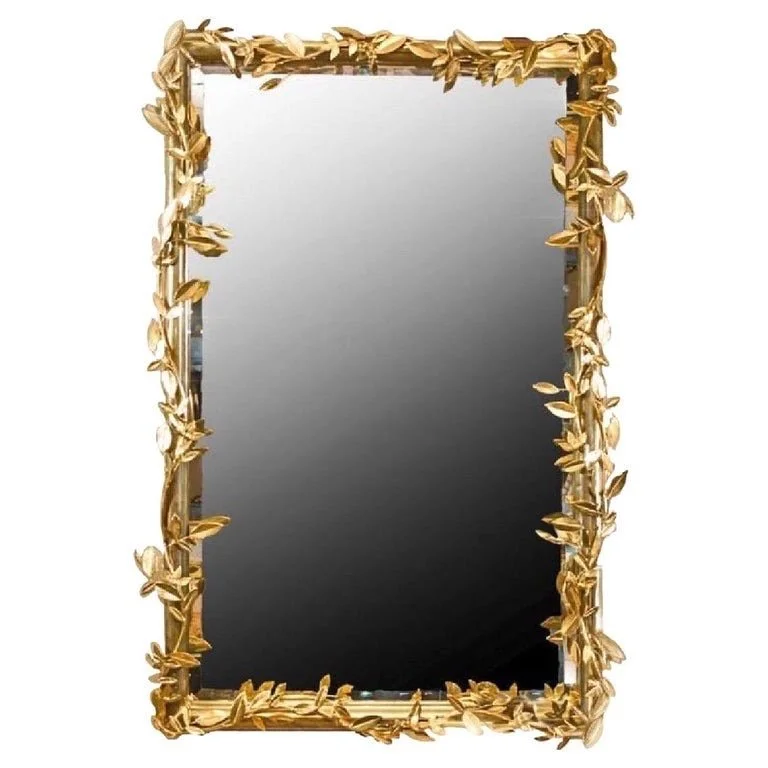Laverne International buttercup Lucite lounge chair, Invisible Group, 1959. Considered a masterpiece upon release, Laverne's Invisible Group Collection remains the epitome of midcentury chic. Fashion
Laverne International buttercup Lucite lounge chair, Invisible Group, 1959. Considered a masterpiece upon release, Laverne's Invisible Group Collection remains the epitome of midcentury chic. Fashion
Robert Goossens (30 January 1927 – 7 January 2016) began his career in the late 1940s, working in an atelier in the Marais neighborhood of Paris. It was in 1950 that Robert Goossens, son of the owner of a foundry located in the Marais, began his own small goldsmiths workshop.
In 1953 Robert Goossens met Gabrielle Chanel and they became rapid friends and close colleagues. Chanel called him her “barbaric Byzantine” and together they recreated the Chanel fetish symbols: the cross, the lion, the sun, the star and the feather— archetypes of the Chanel “Byzantine” aesthetic (see image 5). Chanel commissioned many personal items that incorporated a mix of precious, semi-precious and costume stones, including gems that said to have been gifts from some of Ms. Chanel’s ex-boyfriends. Goossens's designs were heavily influenced by paintings and artifacts in Paris museums, with inspiration most often taken from Maltese, Byzantium, and Renaissance works. Over the years, he traveled extensively, frequently bringing back stones including sapphires, amethysts, rubies, coral, and chalcedony. Concerning rock crystal, after restoring a cross belonging to Madame Chanel, the stone became his favorite material. It is a clear and colorless variety of quartz. Goossens became the first to set it into pieces of jewelry; he felt that its delicate and inexpensive attributes were well suited to costume jewelry. He also utilized bronze, shells, pearls, colored and, as mentioned, natural rock crystal in necklace, brooch, bracelet and earring designs.
Chanel also encouraged him to create his first decorative objects, all for her Paris apartment: a trio of lions in gilded bronze holding a rock crystal globe, followed by a Water lily pedestal table and a table with a Wheatsheaf as its base (see image 7 and 8), these early pieces have become some of the most emblematic creations by Goossens.
By entering the world of decorative arts, Goossens demonstrated his ability to move from the relatively small scale of jewellery to that of furniture and objet d’art all while using the same materials (metal gilded with gold and rock crystals) as well as the same tools and techniques. Goossens professional relationship with Ms. Chanel lasted until her death in 1971. As well as collaborating with CHANEL, Goossens also made jewellery for many other notabledesigners throughout the 1950s through the 2010’s, such as Cristóbal Balenciaga, Yves Saint Laurent (see image 10), Madame Grès, Christian Dior, Hubert de Givenchy, Christian Lacroix.
In 2005, the Goossens ateliers was acquired by CHANEL and continues to run under its ownership. Inaugurated in September 2020, the Galerie Goossens (image 9) is the first space to be entirely dedicated to the decorative arts creations made by the eponymous house. Located at 20 rue Cambon, not far from its Goossens jewelry shop, the Galleries is both a boutique and showroom.
Goossens continued his work with the Maison Chanel after its founder's passing, and collaborated with her successor Karl Lagerfeld throughout the 1980s and 1990s to create jewelry for the Maison Chanel's ready-to-wear and couture collections. The stunning custom mirror available here was crafted in 2000-2001.
Maison Chanel purchased Goossens's workshop in 2005. Goossens passed away in 2016.
Goossen's workshop north of Paris is still operating to this day, employing about 50 people to handcraft his designs. The Goossens boutique is located in Paris on the avenue George V.

